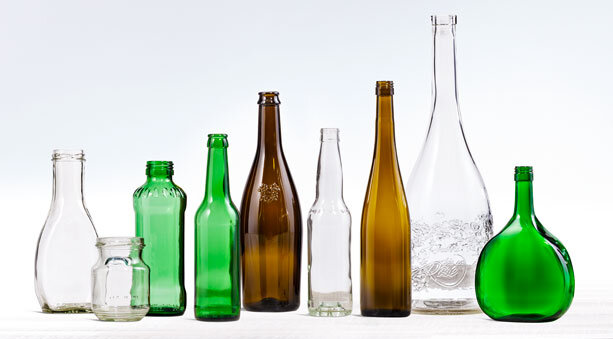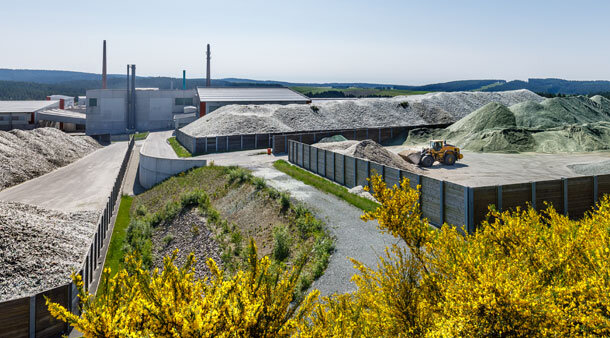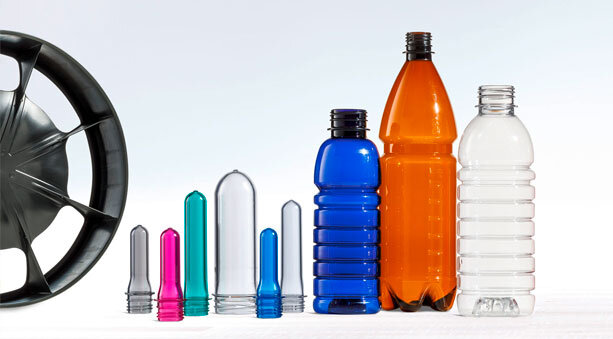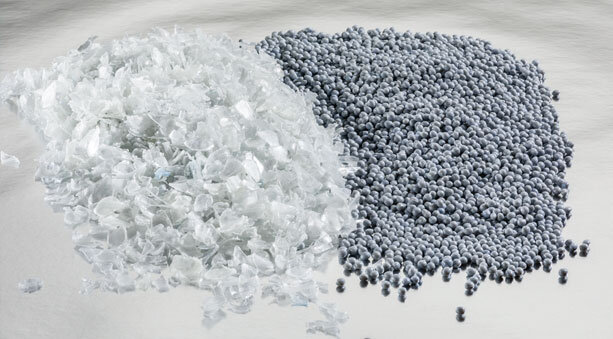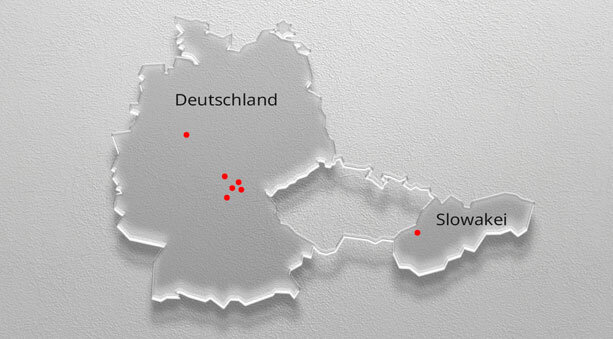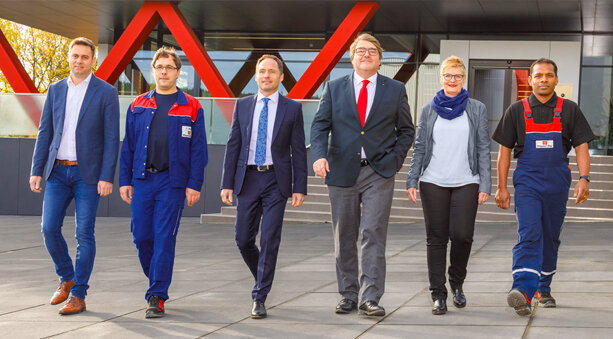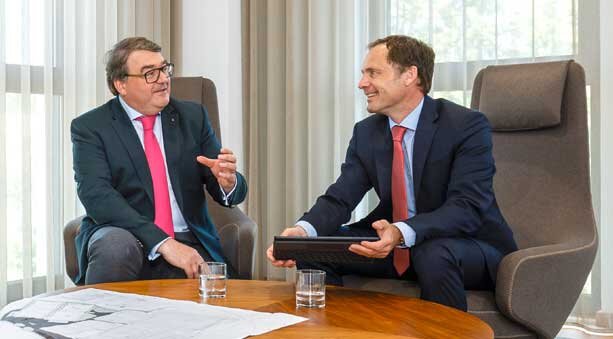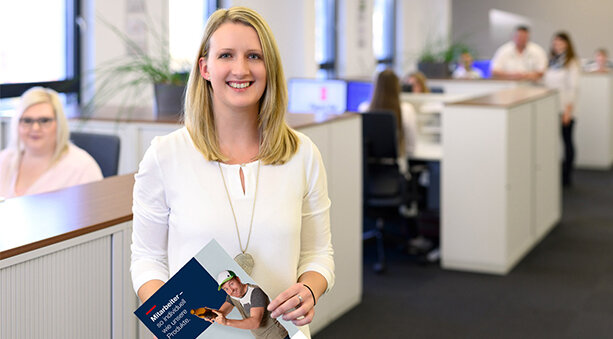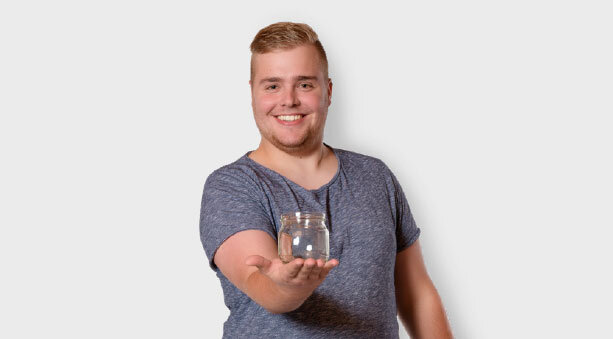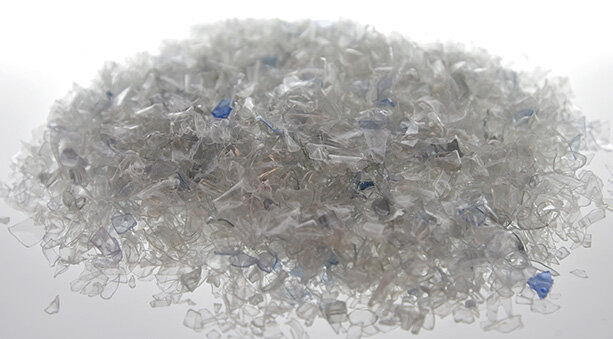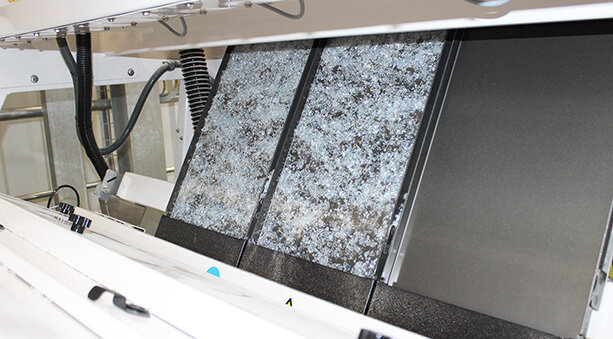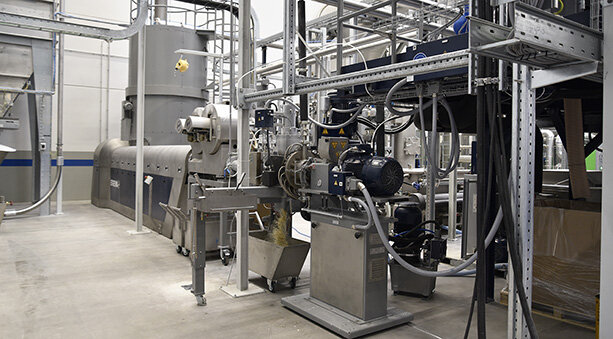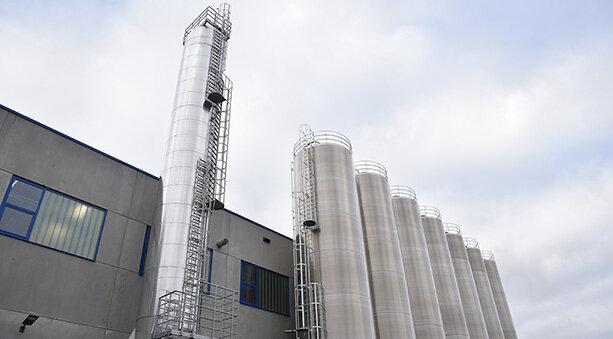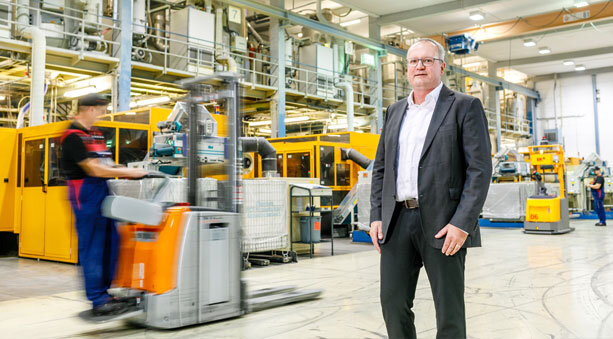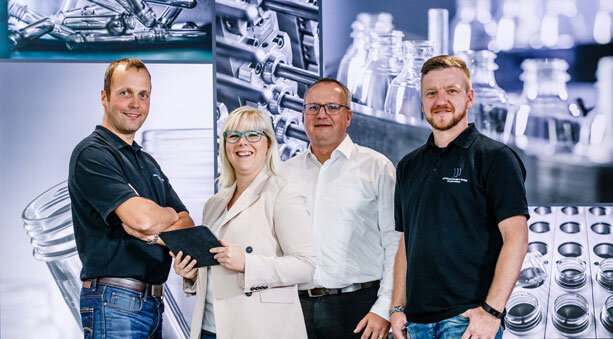PET-Recycling
PET is 100 percent recyclable. At the end of the recycling process a PET regranulate is produced, also known as recyclate, which can be used again for the production of new PET preforms and bottles. This process can be reproduced an indefinite number of times which means that a used PET bottle can be turned into a new one again and again.
We have been using recycled material for our PET packagings since the beginning of the 2000s. We want to meet our ambitious environmental objectives by continuously optimising our processes. Our standards go far beyond the legal requirements. We produce preforms and PET bottles from up to 100 per cent recycled material and as we attach great importance on the quality and purity of the PET we use for our products, we have started the recycling of PET and produce high-purity PET regranulate out of washed PET Flakes on our own using most modern recycling technolgy. In our recyling plant in Großbreitenbach, we can process around 700 million PET bottles into high-quality regranulate per year.
Everything from a single source
